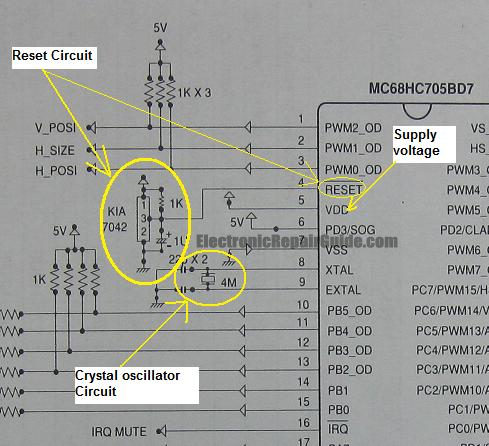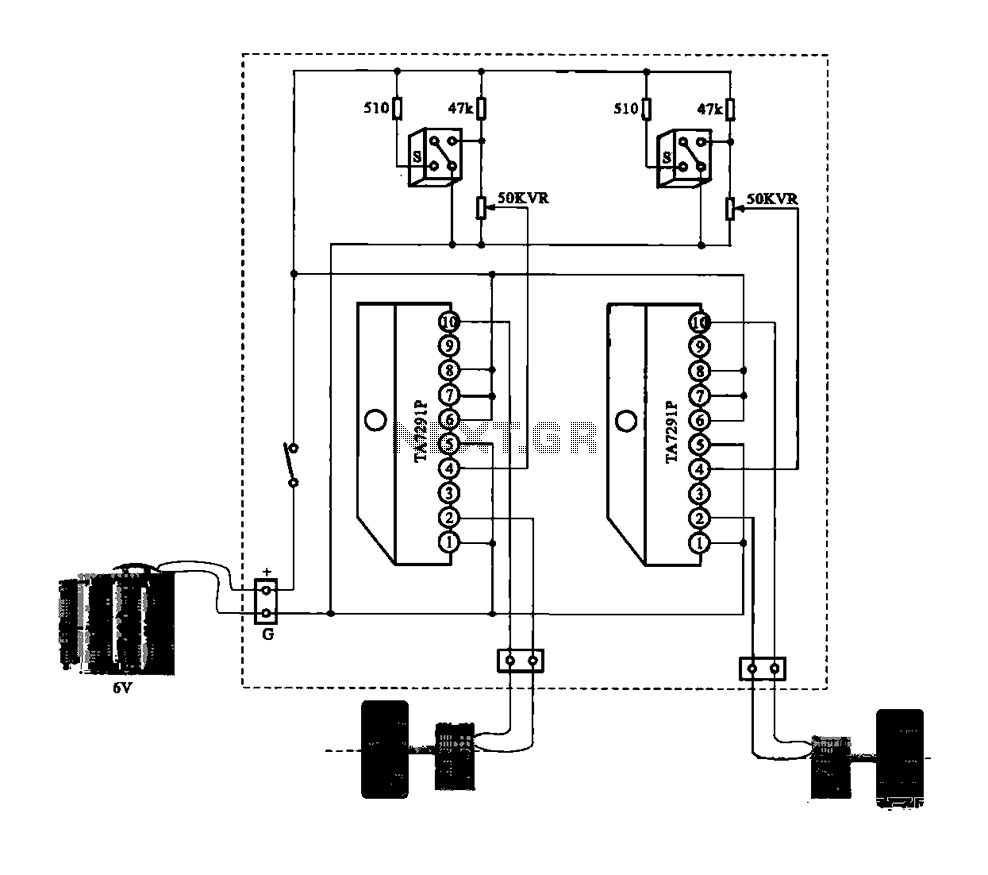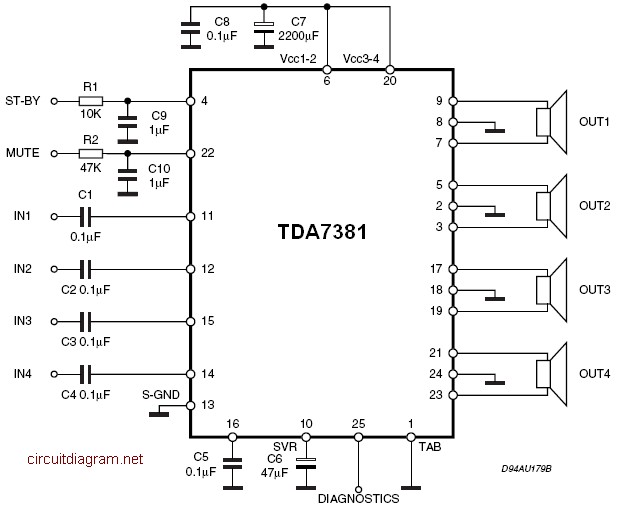
Proximity Alarm I Circuit

IC1 includes multiple oscillators and an amplifier. The low-frequency audio signal oscillator provides an input to the amplifier. This signal is the audio tone that is amplified and subsequently delivered to the speaker by the amplifier. The high-frequency oscillator is intentionally designed to be highly unstable and remains dormant until the resistor-capacitor (RC) network is altered. The resistance (R) in this scenario consists of R2 and PL. As the resistance of PL is reduced, the unit becomes increasingly sensitive (more unstable), requiring less capacitance (C) to initiate oscillation. The necessary capacitance is supplied by C2 and any capacitance introduced through the antenna loop. When an individual approaches the loop, their inherent body capacitance activates the high-frequency oscillator, which in turn triggers the low-frequency oscillator to operate internally. Once the alarm is activated, the IC is configured to latch, remaining active until the power is disconnected.
IC1 functions as a critical component in a security system or alarm device, leveraging the interaction between its oscillators and amplifier to create a responsive alert mechanism. The low-frequency audio signal oscillator serves as the primary sound generator, producing a tone that is amplified for audible output through a speaker. This audio output is essential for alerting users to a potential security breach or other significant events.
The high-frequency oscillator's design is deliberately unstable, which allows it to remain inactive until it detects changes in the RC network. The combination of R2 and PL forms a variable resistor, where decreasing the resistance of PL enhances the oscillator's sensitivity. This sensitivity is crucial for detecting even minor changes in capacitance, which can occur when a person approaches the antenna loop. The capacitance introduced by the loop, along with the inherent capacitance of the human body, effectively activates the high-frequency oscillator.
Once activated, the high-frequency oscillator triggers the low-frequency oscillator, resulting in the generation of an audio tone. The latching feature of the IC ensures that once the alarm is triggered, it remains active until the power supply is interrupted. This design prevents accidental deactivation and ensures that alerts are reliably communicated. Overall, the integration of oscillators and amplifiers in IC1 creates a robust mechanism for detecting and signaling events, making it an effective element in various electronic applications. IC1 contains several oscillators and an amplifier. The low-frequency audio-signal oscillator is used to supply an input to the amplifier. That signal is the audio tone that is amplified, then supplied to the speaker by the amplifier. The high-frequency oscillator is purposely set to be very unstable. It is dormant or off` until the resistor-capacitor (RC) network is changed. The resistance (R) in this case is made up of R2 and PL As the resistance of PI is decreased, the unit becomes more sensitive (more unstable), and less capacitance (C) is needed to cause the oscillator to oscillate. The capacitance required is provided by C2 and by any capacitance introduced via the antenna loop. When you come near that loop, your inherent body capacitance causes the high-frequency oscillator to begin to oscillate, which then causes the low-frequency oscillator to be switched on internally. Once the alarm is sounding, the IC is designed so that it latches, that is, it stays on until the power to it is switched off.
IC1 functions as a critical component in a security system or alarm device, leveraging the interaction between its oscillators and amplifier to create a responsive alert mechanism. The low-frequency audio signal oscillator serves as the primary sound generator, producing a tone that is amplified for audible output through a speaker. This audio output is essential for alerting users to a potential security breach or other significant events.
The high-frequency oscillator's design is deliberately unstable, which allows it to remain inactive until it detects changes in the RC network. The combination of R2 and PL forms a variable resistor, where decreasing the resistance of PL enhances the oscillator's sensitivity. This sensitivity is crucial for detecting even minor changes in capacitance, which can occur when a person approaches the antenna loop. The capacitance introduced by the loop, along with the inherent capacitance of the human body, effectively activates the high-frequency oscillator.
Once activated, the high-frequency oscillator triggers the low-frequency oscillator, resulting in the generation of an audio tone. The latching feature of the IC ensures that once the alarm is triggered, it remains active until the power supply is interrupted. This design prevents accidental deactivation and ensures that alerts are reliably communicated. Overall, the integration of oscillators and amplifiers in IC1 creates a robust mechanism for detecting and signaling events, making it an effective element in various electronic applications. IC1 contains several oscillators and an amplifier. The low-frequency audio-signal oscillator is used to supply an input to the amplifier. That signal is the audio tone that is amplified, then supplied to the speaker by the amplifier. The high-frequency oscillator is purposely set to be very unstable. It is dormant or off` until the resistor-capacitor (RC) network is changed. The resistance (R) in this case is made up of R2 and PL As the resistance of PI is decreased, the unit becomes more sensitive (more unstable), and less capacitance (C) is needed to cause the oscillator to oscillate. The capacitance required is provided by C2 and by any capacitance introduced via the antenna loop. When you come near that loop, your inherent body capacitance causes the high-frequency oscillator to begin to oscillate, which then causes the low-frequency oscillator to be switched on internally. Once the alarm is sounding, the IC is designed so that it latches, that is, it stays on until the power to it is switched off.





